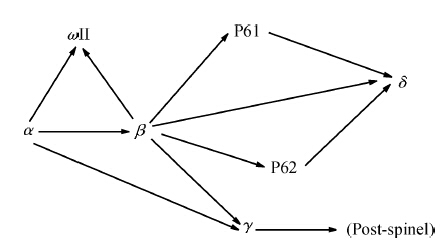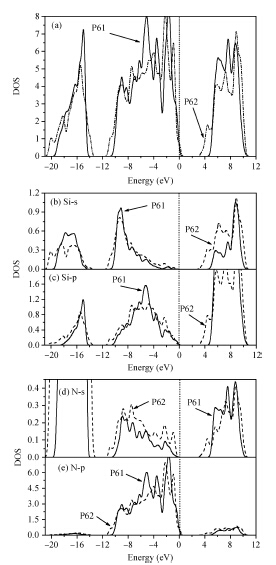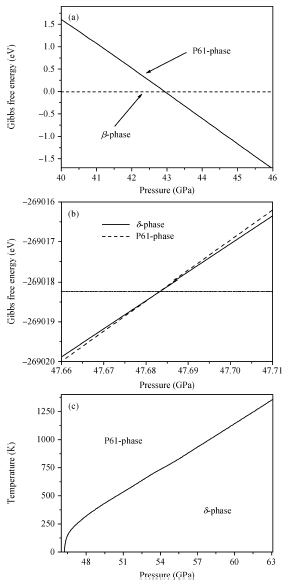| Citation: |
Dong Chen, Yuping Cang, Yongsong Luo. Electronic structures and phase transition characters of β-, P61-, P62- and δ-Si3N4 under extreme conditions: a density functional theory study[J]. Journal of Semiconductors, 2015, 36(2): 023003. doi: 10.1088/1674-4926/36/2/023003
****
D Chen, Y P Cang, Y S Luo. Electronic structures and phase transition characters of β-, P61-, P62- and δ-Si3N4 under extreme conditions: a density functional theory study[J]. J. Semicond., 2015, 36(2): 023003. doi: 10.1088/1674-4926/36/2/023003.
|
Electronic structures and phase transition characters of β-, P61-, P62- and δ-Si3N4 under extreme conditions: a density functional theory study
DOI: 10.1088/1674-4926/36/2/023003
More Information
-
Abstract
This paper describes the results of structural, electronic and elastic properties of silicon nitride (in its high-pressure P61 and P62 phases) through the first-principles calculation combined with an ultra-soft pseudo-potential. The computed equilibrium lattice constants agree well with the experimental data and the theoretical results. The strongest chemical bond (N--Si bond) shows a covalent nature with a little weaker ionic character. P61-Si3N4 is more stable than P62-Si3N4 due mainly to the fact that the shorter N--Si bond in the P61 phase allows stronger electron hybridizations. We have also predicted the phase stability of Si3N4 using the quasi-harmonic approximation, in which the lattice vibration and phonon effect are both considered. The results show that the β → P61 phase transition is very likely to occur at 42.9 GPa and 300 K. The reason why the β → P61 → δ phase transitions had never been observed is also discussed. -
References
[1] [2] [3] [4] [5] [6] [7] [8] [9] [10] [11] [12] [13] [14] [15] [16] [17] [18] [19] [20] [21] [22] [23] [24] [25] [26] [27] [28] [29] [30] [31] [32] [33] [34] [35] [36] [37] -
Proportional views






 DownLoad:
DownLoad:
















